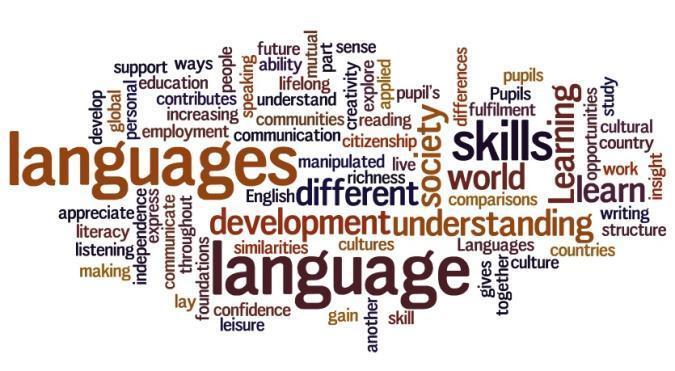
There is an internationally common language. The language of business. Unfortunately, many words in that language have become “buzz words” and have lost their meaning as they are eagerly tossed about. In my lexicon of professionals language, I find that there are a number of key words each successful professional must use when dealing with customers. These words form a kind of roadmap that leads through the business development process.
Here is a group of words that every high-performing professional should have in their vocabulary:
- Communication and Trust: Many professionals speak of building strong relationships with their buyers and customers. The test for a strong relationship is the ability exchange information so that each party knows exactly what the other is talking about. Additionally, trust must be implicit and built over time. Invest the time necessary to get to know the “real” customer.
- Expectations and Outcome: Professionals usually have an agenda when they meet with a customer but they rarely ask the customer for their agenda. Professional business development dictates that both parties should be willing to state their expectations as a way of qualifying or disqualifying any opportunity, and that each meeting should have an openly expressed outcome that will be used to evaluate success.
- Admit and Commit: Professionals must get customers to admit that there is a problem and commit to fixing it. This allows them to determine the ”best fit” solution.
- Can and Will: Often, the biggest hurdle in doing business immediately is money. Professionals must help the customer discover it’s not about budget but rather it’s about investment. It is critical to determine whether or not the customer can invest in a solution to their problem (aptitude) and if they will invest (ability).
- Who and When: Far too many times professionals expect their customer to make a decision based on the rationale and timeline they provide. Customers have their own timeline based on their own urgency. Involve yourself in their process, don’t try to hijack it.
- Heard and Understood: Most presentations are made from the seller's point of view. They are designed to convince the customer to act based on the information that is presented. The best presentations demonstrate to the customer that we heard what they said and understand how to help them. Before you present anything, run it by the customer in a pre-presentation meeting to insure you are on the right track.
Professionals should use these words to debrief their process to unlock the keys to business development success.
|
Find out the 10 tried-and-true tips for finishing 2019 strongly and positioning yourself for a profitable and productive 2020. |

